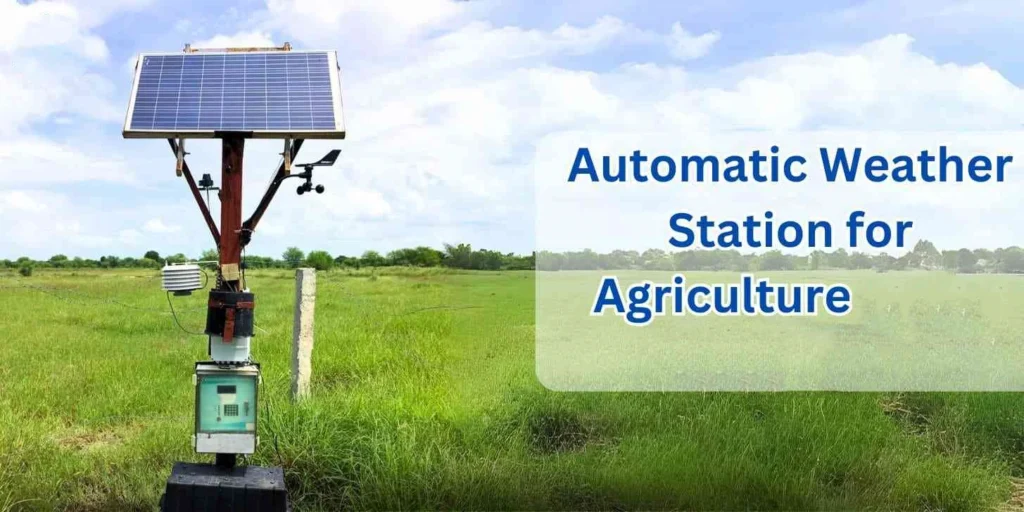
# AWS Weather Station: Real-Time Environmental Monitoring Solution
AWS Weather Station: Real-Time Environmental Monitoring Solution
In today’s world, where climate change and environmental concerns are at the forefront of global discussions, having access to accurate and real-time environmental data is crucial. The AWS Weather Station is a cutting-edge solution designed to provide comprehensive environmental monitoring capabilities. This innovative system leverages the power of Amazon Web Services (AWS) to deliver real-time data collection, analysis, and reporting, making it an indispensable tool for researchers, businesses, and governments alike.
What is the AWS Weather Station?
The AWS Weather Station is a sophisticated environmental monitoring system that integrates advanced sensors with cloud-based data processing. It is designed to collect a wide range of environmental data, including temperature, humidity, wind speed, precipitation, and air quality. The system is highly customizable, allowing users to tailor it to their specific needs, whether for agricultural monitoring, urban planning, or climate research.
Key Features of the AWS Weather Station
The AWS Weather Station boasts a variety of features that set it apart from traditional weather monitoring systems:
- Real-Time Data Collection: The system continuously gathers data from its sensors, providing up-to-the-minute information on environmental conditions.
- Cloud Integration: Data is seamlessly uploaded to the AWS cloud, where it can be stored, analyzed, and accessed from anywhere in the world.
- Scalability: The AWS Weather Station can be easily scaled to accommodate additional sensors or expanded monitoring areas.
- Data Visualization: The system includes powerful tools for visualizing data, making it easier to identify trends and patterns.
- Alerts and Notifications: Users can set up custom alerts to be notified of significant changes in environmental conditions.
Applications of the AWS Weather Station
The versatility of the AWS Weather Station makes it suitable for a wide range of applications:
- Agriculture: Farmers can use the system to monitor soil moisture, temperature, and other factors critical to crop health.
- Urban Planning: City planners can utilize the data to make informed decisions about infrastructure development and environmental management.
- Climate Research: Scientists can leverage the system’s data to study climate patterns and predict future changes.
- Disaster Management: The AWS Weather Station can provide early warnings for natural disasters such as floods, hurricanes, and wildfires.
Benefits of Using the AWS Weather Station
Implementing the AWS Weather Station offers numerous benefits:
- Accuracy: The system’s advanced sensors ensure highly accurate data collection.
- Efficiency: Automated data collection and cloud integration reduce the need for manual intervention.
- Cost-Effectiveness: The scalable nature of the system allows for cost-effective deployment and maintenance.
- Accessibility: Cloud-based data storage and visualization tools make it easy to access and interpret data from anywhere.
Conclusion
The AWS Weather Station represents a significant advancement in environmental monitoring technology. By combining real-time data collection with the power of AWS, it provides a comprehensive solution for a wide range of applications. Whether you’re a farmer looking to optimize crop yields, a city planner aiming to create sustainable urban environments, or a scientist studying climate change, the AWS Weather Station offers the
Keyword: aws weather station
